Why Use Lens Filters ?
Lens filters are used for a variety of reasons in photography. They can enhance the quality of images, add creative effects, and provide protection for the lens.
One common use of lens filters is to control the amount of light entering the camera. Neutral density filters, for example, reduce the intensity of light without affecting the color, allowing photographers to use slower shutter speeds or wider apertures in bright conditions. This is particularly useful for capturing motion blur or achieving a shallow depth of field.
Filters can also be used to correct or enhance colors. For instance, a polarizing filter can reduce reflections and glare, resulting in more saturated colors and increased contrast. Similarly, color filters can be used to modify the color temperature of the image or create artistic effects.
Additionally, filters can provide protection for the lens by acting as a barrier against dust, moisture, and scratches. It is often easier and more cost-effective to replace a damaged filter than to repair or replace a lens.
Overall, lens filters offer photographers a range of creative possibilities and practical benefits, making them a valuable tool in the world of photography.
1、 Enhancing Colors and Contrast
Lens filters are essential tools for photographers and videographers as they offer a range of benefits that cannot be replicated in post-processing. One of the primary reasons to use lens filters is to enhance colors and contrast in your images.
Filters such as polarizers and graduated neutral density filters can significantly improve the saturation and vibrancy of colors in your photographs. Polarizing filters work by reducing glare and reflections, resulting in richer and more saturated colors. They are particularly useful when shooting landscapes, as they can make the sky appear bluer and the foliage more vibrant.
Similarly, graduated neutral density filters help balance the exposure between the sky and the foreground, allowing for better contrast and detail in both areas. By darkening the sky, these filters prevent overexposure and create a more balanced and visually appealing image.
While it is possible to enhance colors and contrast in post-processing, using filters during the capture process offers several advantages. Firstly, filters allow you to see the effects in real-time, enabling you to make adjustments on the spot. This saves time and effort in post-production, as you can achieve the desired results in-camera.
Additionally, using filters can help reduce the reliance on editing software, resulting in a more natural and authentic look to your images. By capturing the scene as accurately as possible during the shoot, you can maintain the integrity of the colors and contrast, avoiding the risk of over-processing or creating an artificial appearance.
In conclusion, lens filters are valuable tools for enhancing colors and contrast in photography. They provide immediate results, reduce post-processing time, and allow for a more authentic representation of the scene. Incorporating filters into your workflow can greatly enhance the visual impact of your images and elevate your photography to the next level.
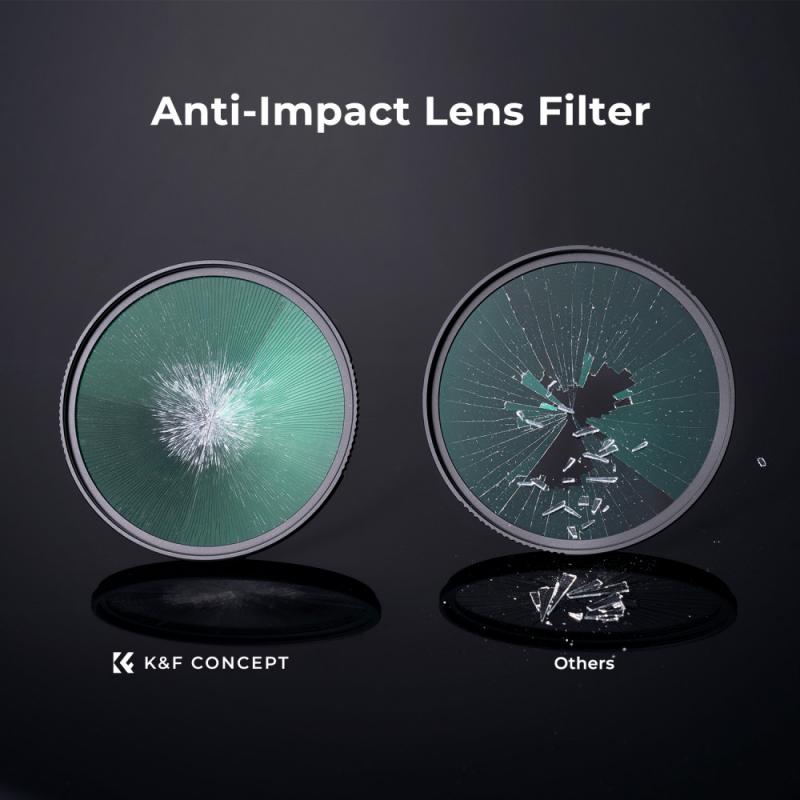
2、 Reducing Glare and Reflections
Lens filters are essential tools for photographers and videographers as they serve multiple purposes in enhancing the quality of their work. One of the primary reasons to use lens filters is to reduce glare and reflections. Glare and reflections can be caused by various sources of light, such as the sun or artificial lighting, and can significantly impact the overall image quality.
By using a polarizing filter, photographers can effectively minimize or eliminate unwanted reflections from non-metallic surfaces like water or glass. This filter works by selectively blocking certain polarized light waves, resulting in reduced glare and enhanced color saturation. It allows photographers to capture clear and vibrant images with improved contrast and detail.
In addition to reducing glare, lens filters also offer protection for the camera lens. They act as a barrier against dust, moisture, and scratches, safeguarding the lens from potential damage. This protection is particularly crucial when shooting in challenging environments, such as dusty landscapes or near water bodies.
Moreover, lens filters can also provide creative effects and control over the image. For instance, neutral density (ND) filters allow photographers to control the amount of light entering the lens, enabling longer exposures even in bright conditions. This effect is commonly used in landscape photography to capture smooth waterfalls or create motion blur in moving subjects.
In recent years, advancements in post-processing software have allowed photographers to replicate some filter effects digitally. However, using physical lens filters still offers distinct advantages. Filters can save time and effort by capturing the desired effect directly in-camera, reducing the need for extensive post-processing. Additionally, they provide a real-time preview of the effect, allowing photographers to make adjustments on the spot.
In conclusion, lens filters are valuable tools for photographers and videographers, offering benefits such as reducing glare and reflections, providing protection for the lens, and enabling creative control over the image. While digital alternatives exist, physical lens filters continue to be widely used due to their convenience, real-time preview, and ability to save time in post-processing.

3、 Protecting the Lens from Scratches and Damage
Why use lens filters? One of the primary reasons is to protect the lens from scratches and damage. Lens filters act as a barrier between the lens and the external environment, shielding it from potential harm.
When shooting outdoors, lenses are exposed to various elements such as dust, dirt, sand, and moisture. These particles can easily accumulate on the lens surface, leading to scratches or even permanent damage. By attaching a lens filter, photographers can prevent direct contact between the lens and these harmful elements, ensuring its longevity and optimal performance.
Moreover, lens filters also provide an additional layer of protection against accidental impacts. Whether it's a minor bump or a more significant collision, the filter takes the brunt of the force, safeguarding the lens from potential cracks or breakage. This is particularly important for expensive lenses, as replacing a filter is much more affordable than repairing or replacing the lens itself.
In addition to physical protection, lens filters also offer creative benefits. Different types of filters, such as polarizing filters or neutral density filters, can enhance the quality of images by reducing glare, improving color saturation, or controlling exposure. These filters allow photographers to achieve specific effects or overcome challenging lighting conditions, resulting in more visually appealing photographs.
In recent years, some photographers have debated the necessity of lens filters, arguing that modern lens coatings and advancements in lens technology provide sufficient protection. While it is true that lens coatings have improved, they are not foolproof and can still be susceptible to scratches. Additionally, lens filters offer an extra layer of protection that can be easily replaced if damaged, whereas repairing a lens can be costly and time-consuming.
In conclusion, using lens filters is a practical and wise choice for photographers. They not only protect the lens from scratches and damage but also offer creative possibilities. While advancements in lens technology have reduced the need for filters, they still provide an added layer of protection that can ultimately save photographers time, money, and the disappointment of a damaged lens.
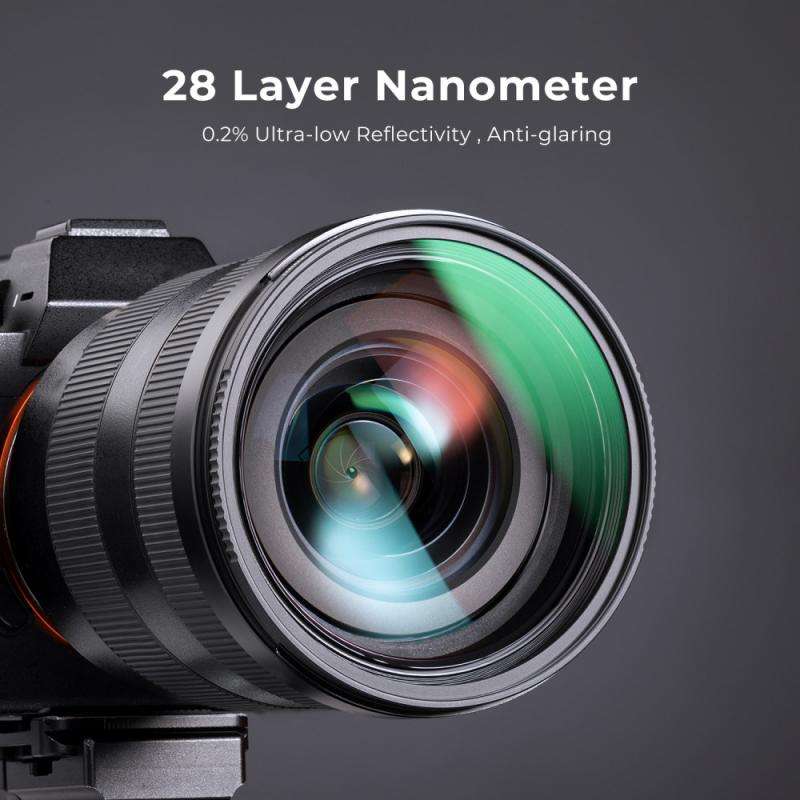
4、 Creating Special Effects and Creative Manipulations
Lens filters are used in photography for a variety of reasons, but one of the main purposes is to create special effects and creative manipulations. Filters can add a unique touch to photographs, enhancing the overall aesthetic and allowing photographers to experiment with different styles and moods.
One of the most popular types of filters used for creative manipulations is the polarizing filter. This filter helps to reduce glare and reflections, making colors appear more vibrant and saturated. It can also enhance the contrast between the sky and clouds, resulting in a more dramatic and visually appealing image. Additionally, polarizing filters can be used to create long exposure effects, such as capturing smooth, flowing water or streaking clouds.
Another commonly used filter for creative manipulations is the neutral density (ND) filter. ND filters reduce the amount of light entering the lens, allowing photographers to use slower shutter speeds or wider apertures in bright conditions. This can create motion blur effects, such as capturing the movement of a waterfall or creating a sense of motion in a busy street scene.
In recent years, there has been a rise in the use of creative filters in digital photography. These filters can be applied directly in-camera or through post-processing software, allowing photographers to experiment with various effects without the need for physical filters. This has opened up a whole new world of possibilities for photographers, enabling them to easily create unique and artistic images.
Overall, lens filters are a valuable tool for photographers looking to add a creative touch to their images. Whether it's enhancing colors, creating motion blur, or experimenting with other special effects, filters provide photographers with endless opportunities to express their creativity and capture stunning photographs.
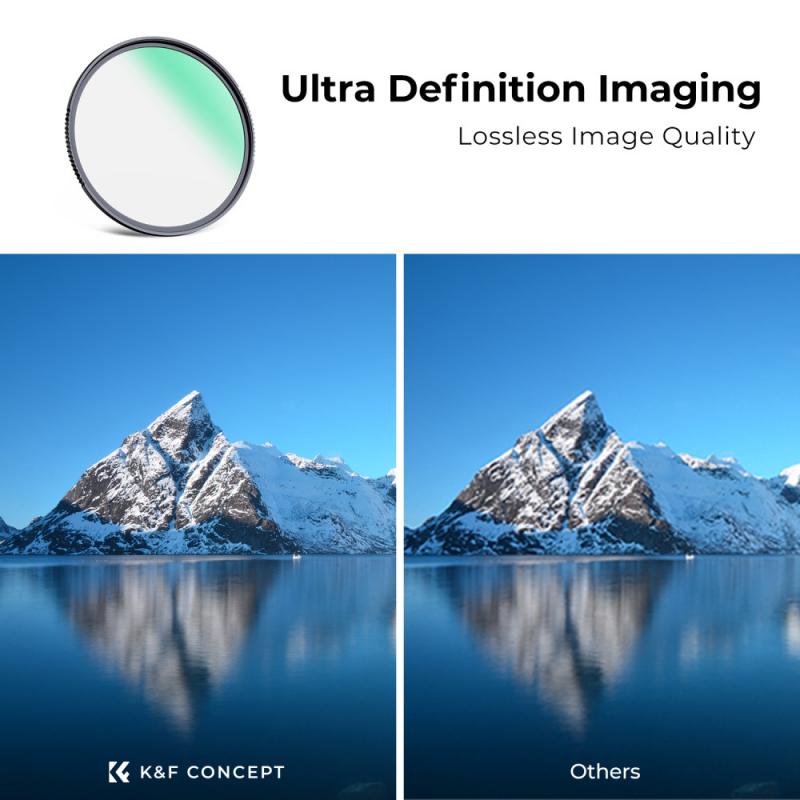






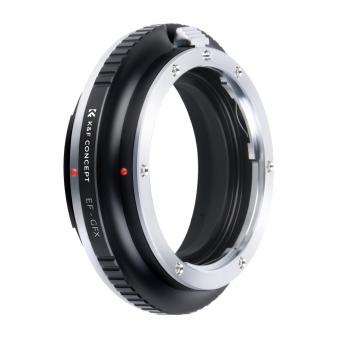
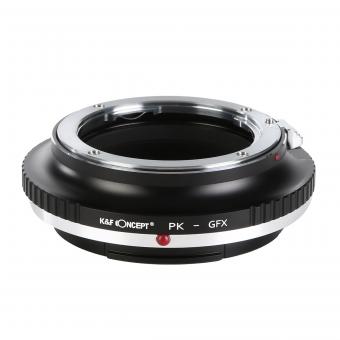
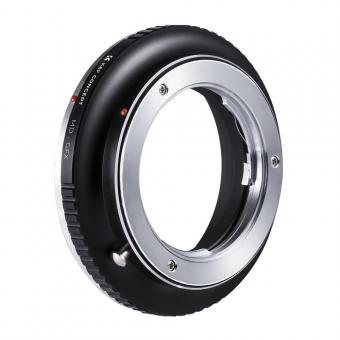
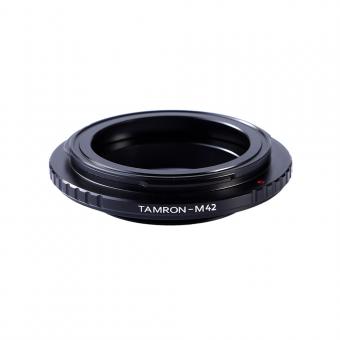


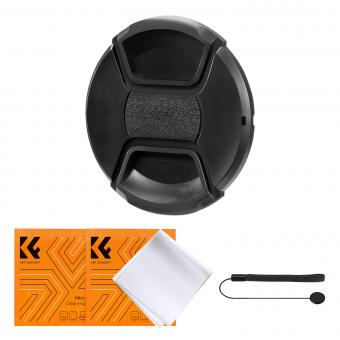
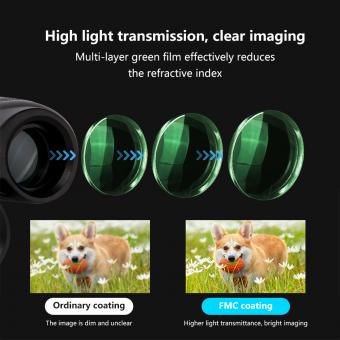


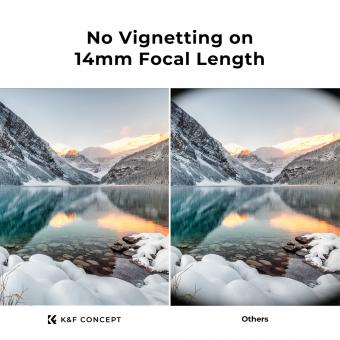
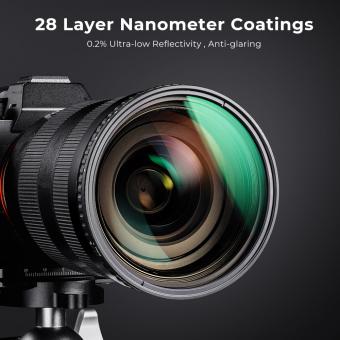






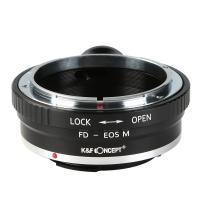
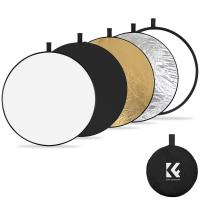

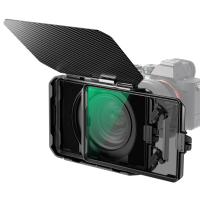






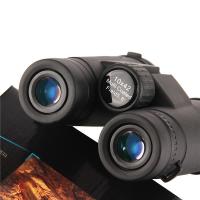



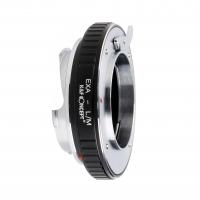
There are no comments for this blog.